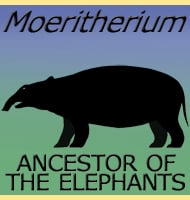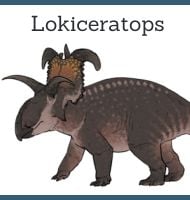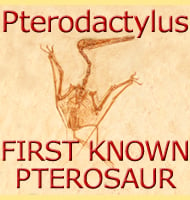In Depth
Palaeopropithecus is one of the large sloth lemurs of ancient Madagascar, so noted because while it was without doubt a lemur, it had considerably longer limbs and physical adaptations more suited to climbing and living like a sloth. With this in mind, Palaeopropithecus probably spent its time climbing branches to reach leaves, fruit and possibly seeds that were beyond the reach of ground dwelling herbivores. Other sloth lemurs known to exist include Archaeoindris, Mesopropithecus and Babakotia.
There is a creature in Malagasy legends called the tretretretre (alternatively tratratratra) that is thought to have been based upon observations of now extinct lemurs. The large Megaladapis is often credited as being a potential candidate for this legendary creature; however the facial features of Palaeopropithecus seem to be a much closer match for the description of the tretretretre. It is still worth noting though that palaeontologists almost certainly haven’t found all the known fauna that lived in ancient Madagascar and that the actual tretretretre may still be waiting to be found.
Further Reading
– Phalangeal curvature and positional behavior in extinct sloth lemurs (Primates, Palaeopropithecidae). – Proceedings of the National Academy of Sciences. 94 (22): 11998–12001. – William L. Jungers, Laurie R. Godfrey, Elwyn L. Simons & Prithijit S.Chatrath – 1997. – A new species of giant subfossil lemur from the North-West of Madagascar (Palaeopropithecus kelyus, Primates). – Comptes Rendus Palevol, 8 (5): 471–480. – D. Gommery, B. Ramanivosoa, S. Tombomiadana-Raveloson, H. Randrianantenaina & P. Kerloc’h – 2009.









